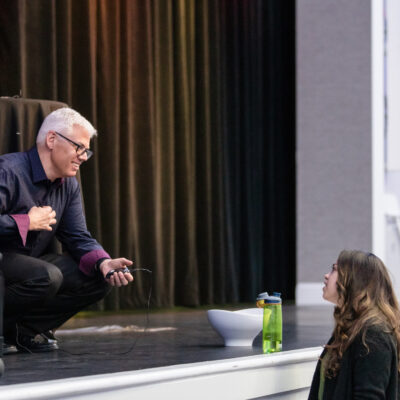The final two phases in the Kubler-Ross Change Curve are Experiment and Decision. If you look at the curve, you’ll notice these two phases are on the upswing, following the lowest point, the Depression phase, or Moment of Resignation.
The Experiment phase is the initial engagement with the change. You don’t have their buy-in yet, but in this phase they have resigned to the fact that the change is happening and they’ve begun their first engagement with the new situation. This doesn’t mean they’re happy about the change yet. There’s still a lot of difficulty in this phase that could present itself with low energies and feelings of helplessness.
People in this phase may say things like:
- “Sure. If that’s you want.”
- “That’s not my department, but I can find out.”
- “I don’t know.”
- “The information came from above. Maybe ask Terry.”
- “Does it really matter what I think?”
People in the Experiment phase need to Develop Capability. They need to know that this change involves them, and they’re important in the process of implementing it. They need to feel needed in this new change and given the tools to become a capable team member.
The final phase before Integration is Decision. They’re almost there. They’re acting more positive, even embracing parts of the change. Many are starting to see the benefits and making plans for the future based on them. They realize the importance of this change.
In this phase, you can expect to hear things like:
- “I can see this working really well for our clients.”
- “The sales department is going to benefit from this.”
- “I like where this is going.”
- “I’m liking this new program, but can IT do something about the glitch?”
- “I told my mom about what we’re doing, and she thinks it’s a great idea.”
- “My team could help with that.”
You almost have full Integration now, so keep going. Share Knowledge in this phase, and share it freely. The more everyone knows, the easier Integration will be to achieve.
This is the fourth post in an 11-part series discussing what leaders can do to effectively navigate through times of change. Follow along as we explore the Kubler-Ross Change Curve, differences in DiSC personalities, and the roles of symbolism during change.
Post 1: Leaders Help Others Navigate Change
Post 2: Leaders Recognize Denial & Frustration in Others
Post 3: Leaders Recognize the Moment of Resignation in Others


Leave a Reply